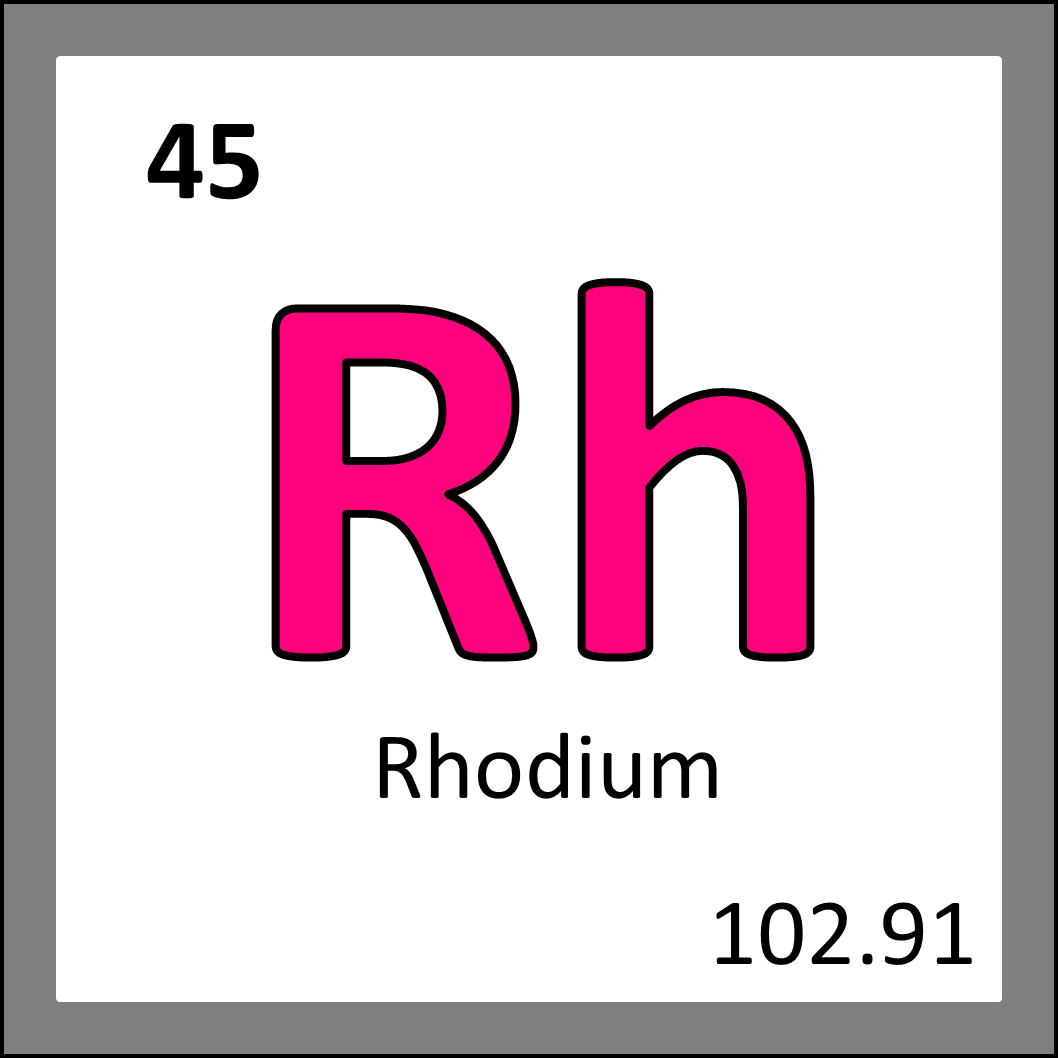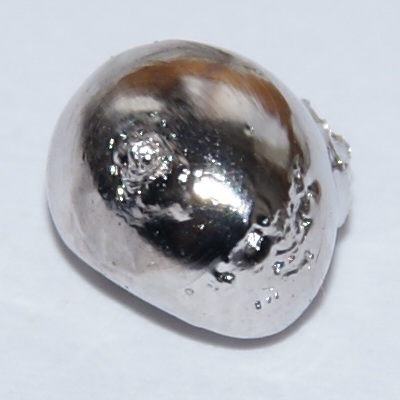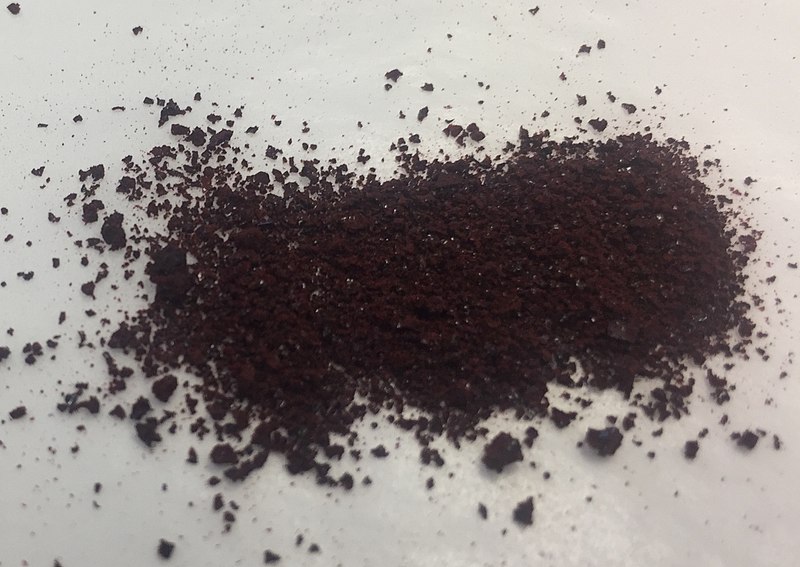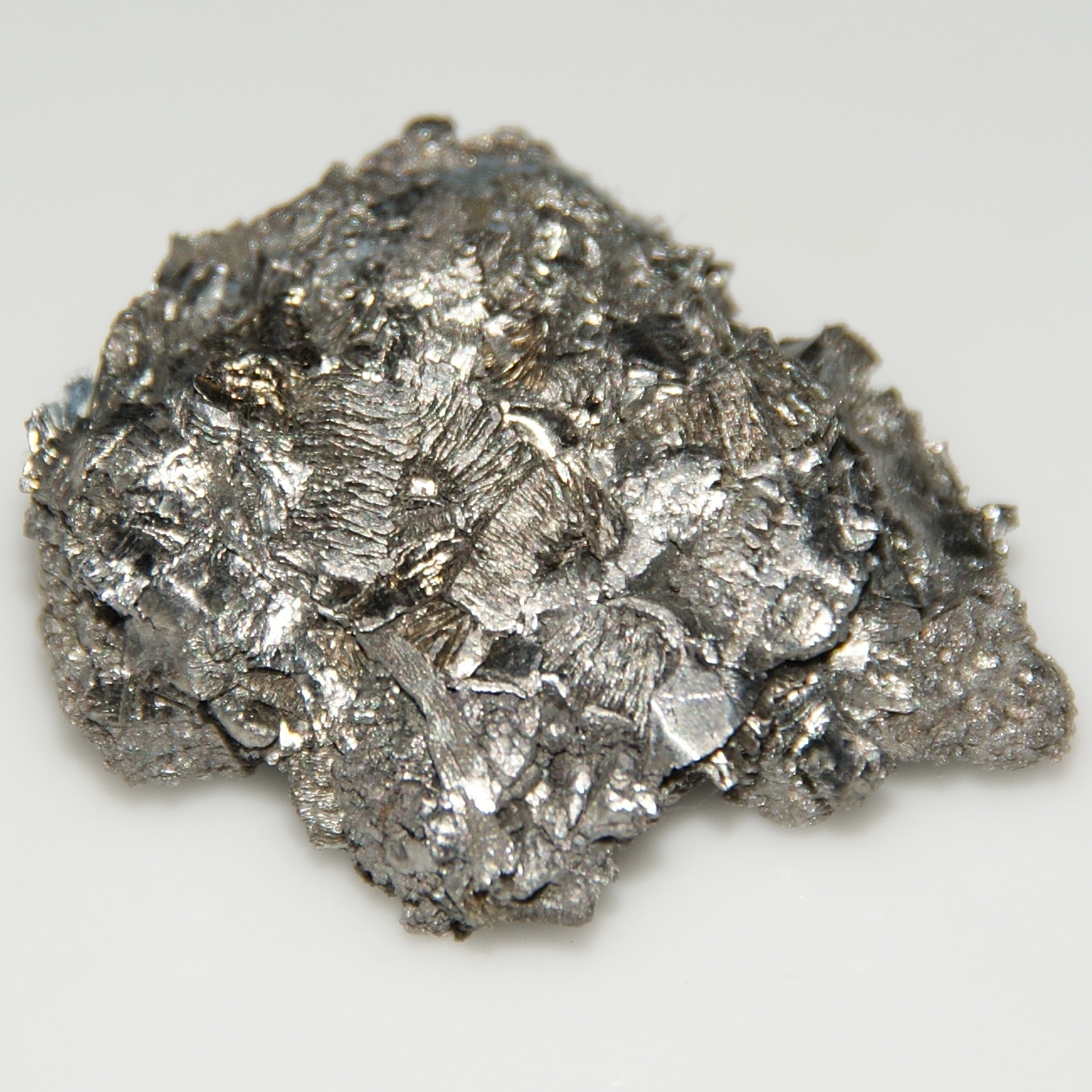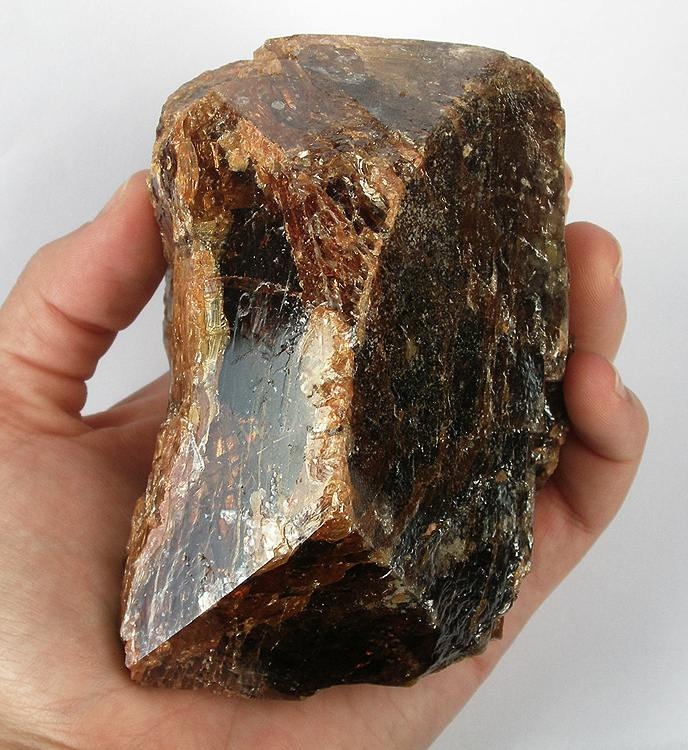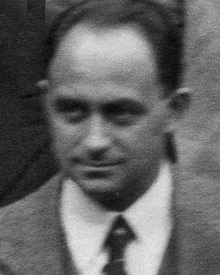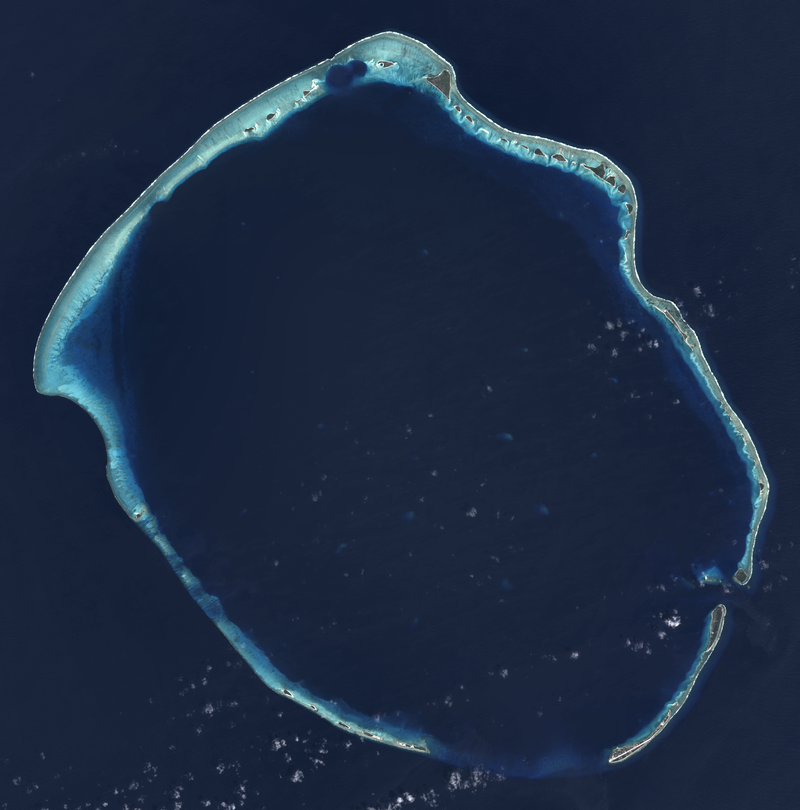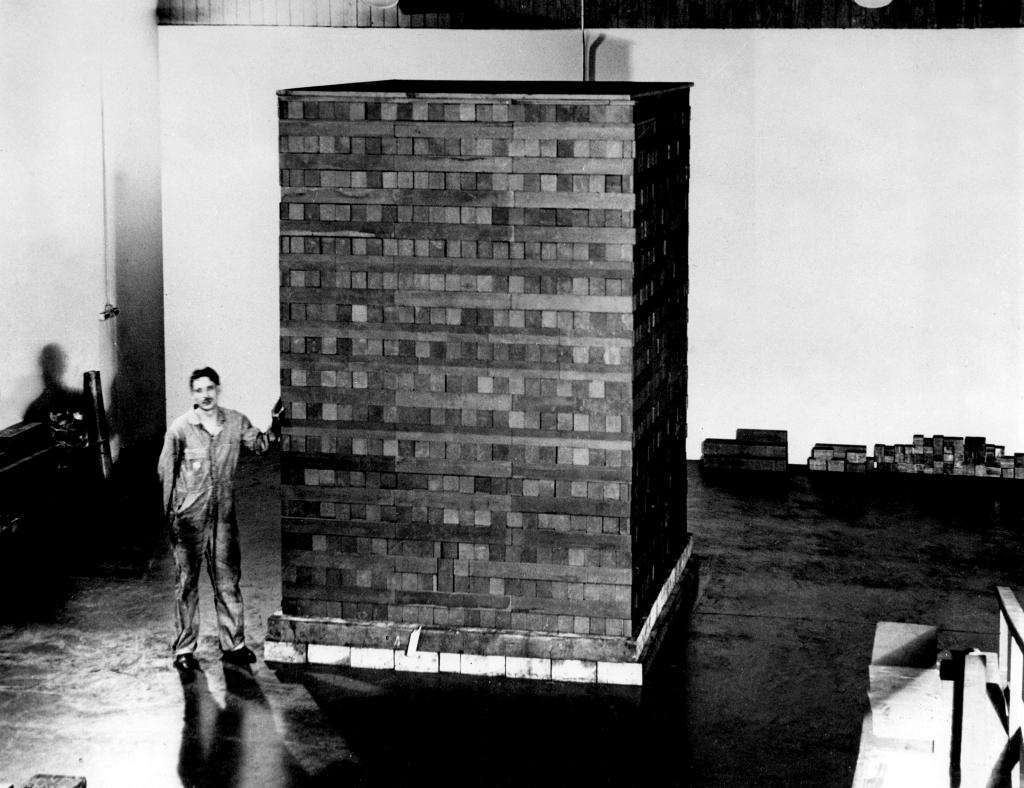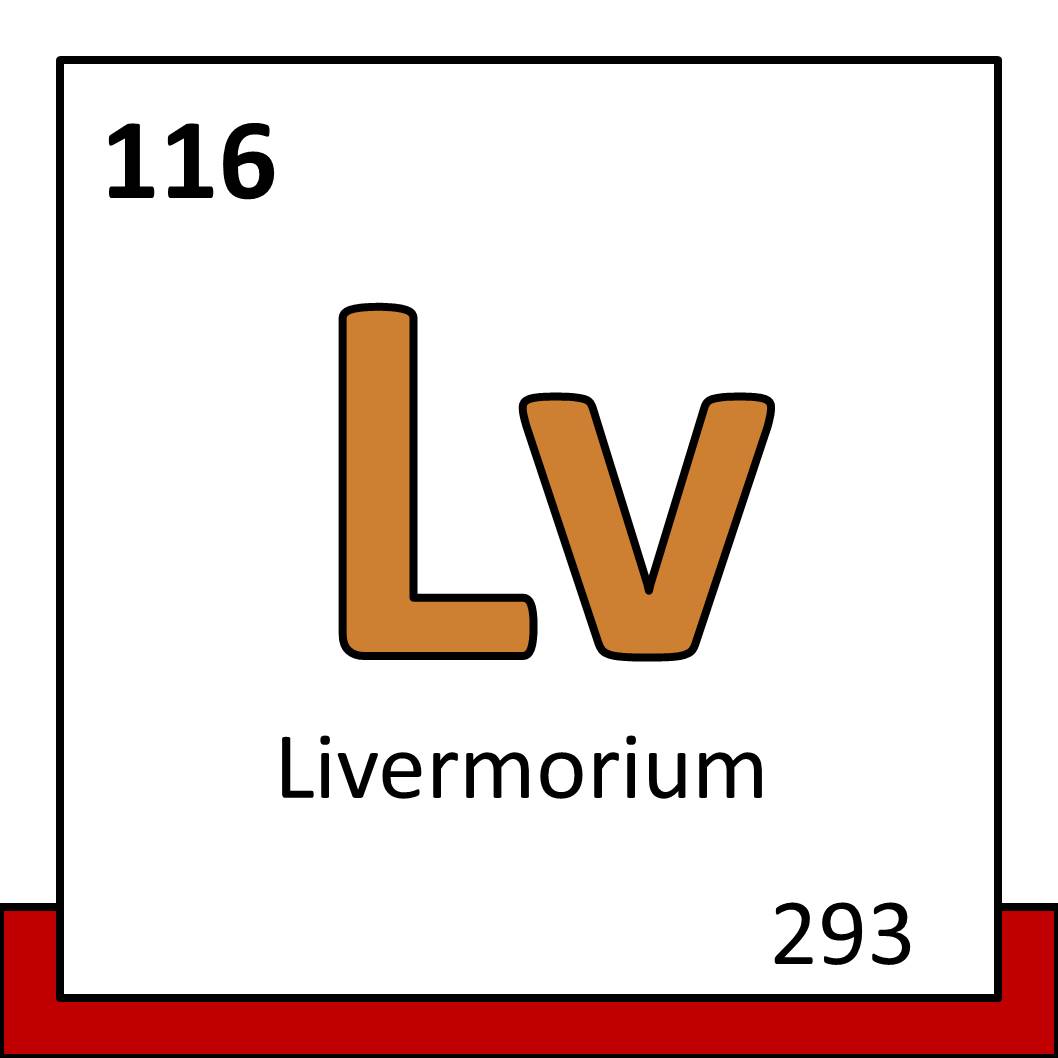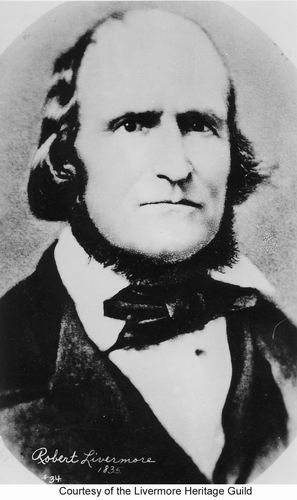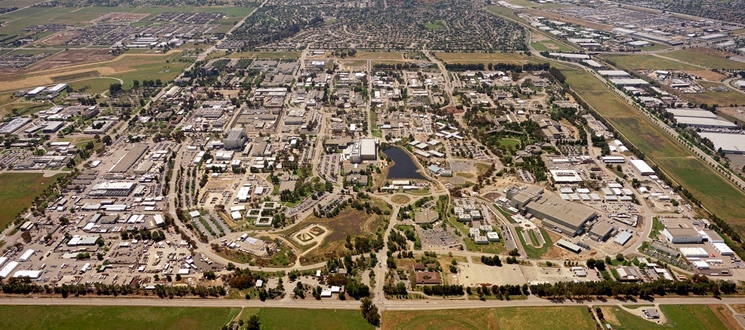


Clockwise from left: a nice flask of chlorine (from Wikimedia Commons), chlorine’s disinfectant abilities creates a famous smell in swimming pools (from Wikimedia Commons), chlorine as it appears in the periodic table.
Today we will cover the last of the “classical” halogens, chlorine. There is one more element that is technically a halogen, but that is a matter for tomorrow…
Chlorine is a gas at room temperature, and a pretty unpleasant one at that. Like the other halogens, chlorine atoms have a nearly full outer shell of electrons, meaning they really want to react with other atoms to gain one more electron for its outer shell. This high reactivity of chlorine gas means it will burn the skin, eyes or respiratory system if it comes in contact with it, so best avoid it.

Even though chlorine sounds like the kind of element you want to stay well away from, in it’s ion form called chloride (where it has gained an electron in its outer shell and so is negatively charged) it is in fact an essential element for life. From the posts on sodium and potassium, which have positively charged ions, we know that charge across a cell membrane plays an important role in sending signals between cells and even down nerves. As a negatively charged ion chloride can give the body much more control over this charge, as it can act to counter positive charges or even enhance the difference in charge across a cell membrane by having negative chlorides on once side and positive sodium or potassium on the other side. Hydrochloric acid, which has the formula HCl, is also the acid found in the stomach which aids in digestion and fighting pathogens that we’ve consumed. So chlorine can be both evil and good for us, just depends on the context. Breathing chlorine gas- no. Eating sodium chloride (salt) on your food- fine.


Chlorine is an essential element in humans, as it is needed for gastric acid in your stomach (left; Needpix), and for sending electrical pulses down your neurons (right; Wikimedia Commons) through the movement of negatively charged chloride ions.
Although chlorine has been around in various forms since around 6,000BC, the identification and naming of the element did not occur until the 19th century. The earliest use of chlorine was through salt (sodium chloride) as a preservative in rock form and brine. In around the 9th century AD aqua regia (“Royal water”) started appearing in alchemy records, which was a mixture of hydrochloric acid (known at the time as muriatic acid) and nitric acid that could dissolve fancy metals like gold and platinum (hence the name). The reaction would often give off chlorine gas, but wasn’t recognised properly until the 17th century.

Even the characterisation of many of chlorine’s properties was performed before it was established as an element. Carl William Scheele, a Swedish chemist, produced chlorine gas and noted its deadly effects, greeny yellowy colour, and pungent smell. He gave it the snappy name “dephlogisticated muriatic acid air” because it was a gas (air) that smelled like aqua regis (muriatic acid). The “dephlogisticated” bit was due to oxygen being in his gas sample, and we’ll cover the phlogiston theory more with the post on oxygen (basically it is a wrong idea about what oxygen is).
It came down to our 19th century elemental discovery friend Sir Humphry Davy to finally crack the chlorine code in 1810. He repeated experiments performed the year before where chemists tried to decompose this gas and failed, and after he too failed to decompose it he declared it a new element. He named the element chlorine using the Greek “chlōros” (χλωρος), which means “green-yellow”, due to the colour of the gas. The “-ine” suffix has stuck for all the elements in the halogen group (group 17 on the periodic table), and even the word “halogen”, meaning “salt-producer”, came about the year after to describe chlorine’s ability to create salts in reactions.
So apart from in our bodies and table salt, what do we use chlorine for? Well unsurprisingly given its rather aggressively reactive properties, chlorine has a long history of use as a disinfectant. It is very effective at killing pathogens, hence why locations such as swimming pools use chlorine to keep its water clean. That distinctive “chlorine” smell you get at swimming pools is actually the scent of chloramine, a substance caused when dissolved chlorine in the water has reacted with amines, which are a common group of compounds found in life. Most bleach that one can find in the home contains chlorine, although to ensure the nasty chlorine gas doesn’t reach people’s lungs it usually takes the form of a hypochlorite ion (CIO–), which will only release the chlorine when necessary. These hypochlorte treatments are also used to clean drinking water.

A lot of chlorine is also used to make one of the most common plastics: polyvinyl chloride (PVC). This plastic is a polymer- a string of identical small molecules (monomers) bonded together many many times over. The monomer for PVC is called vinyl chloride (C2ClH3). PVC is an incredibly versatile plastic, being used in construction (pipes, doors and windows), packaging, credit cards, bottles, waterproof clothing, medical packaging and plastic signs. A big disadvantage of PVC however is that it is not widely recycled, meaning that a lot of issues with plastic waste are due to landfill PVC. So it is not the most environmentally friendly of substances.

And unfortunately the environmental hazards of chlorine compounds does not stop at plastics. The halocarbons are a controversial group of chemicals that involve a carbon atom bonded to various halogens. We’ve already covered the ozone-depleting chlorofluorocarbons (CFCs) in the fluorine post, which contain chlorine, but there are also carbon tetrachlorides, which have a similar effect on the environment. Carbon tetrachlorides were also used as refrigerants and in fire extinguishers, including the “Red Comet”, a glass bulb containing carbon tetrachloride that was thrown grenade-like at a fire. It would smash on impact, releasing the tetrachloride into the surrounding air to deprive the fire of oxygen. Carbon tetrachlorides are now banned due to effects on the ozone layer and on humans through damaging nerves, liver, kidneys and as a carcinogen.

And that’s chlorine: the environmentally unfriendly, greeny yellowy, gastric element!


